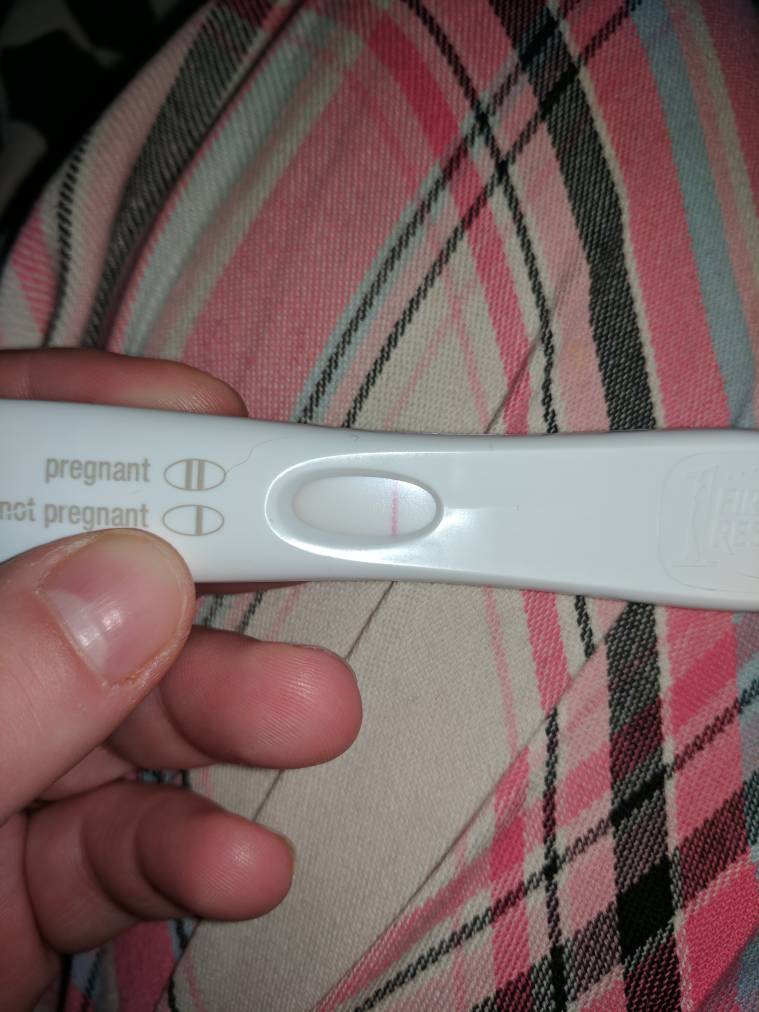


Loading the dataset returns four NumPy arrays: (train_images, train_labels), (test_images, test_labels) = fashion_mnist.load_data() Import and load the Fashion MNIST data directly from TensorFlow: fashion_mnist = tf._mnist You can access the Fashion MNIST directly from TensorFlow. Here, 60,000 images are used to train the network and 10,000 images to evaluate how accurately the network learned to classify images. They're good starting points to test and debug code. Both datasets are relatively small and are used to verify that an algorithm works as expected.

This guide uses Fashion MNIST for variety, and because it's a slightly more challenging problem than regular MNIST. The MNIST dataset contains images of handwritten digits (0, 1, 2, etc.) in a format identical to that of the articles of clothing you'll use here. Fashion-MNIST samples (by Zalando, MIT License).įashion MNIST is intended as a drop-in replacement for the classic MNIST dataset-often used as the "Hello, World" of machine learning programs for computer vision. The images show individual articles of clothing at low resolution (28 by 28 pixels), as seen here:įigure 1. This guide uses the Fashion MNIST dataset which contains 70,000 grayscale images in 10 categories. This guide uses tf.keras, a high-level API to build and train models in TensorFlow. It's okay if you don't understand all the details this is a fast-paced overview of a complete TensorFlow program with the details explained as you go. This guide trains a neural network model to classify images of clothing, like sneakers and shirts. The experiment results demonstrate that our proposed UFNRec can effectively draw information from false negative samples and further improve the performance of SOTA models. Experiments on three benchmark public datasets are conducted using three widely applied SOTA models. To the best of our knowledge, this is the first work to utilize false negative samples instead of simply removing them for the sequential recommendation. Furthermore, we construct a teacher model to provide soft labels for false negative samples and design a consistency loss to regularize the predictions of these samples from the student model and the teacher model. We first devise a simple strategy to extract false negative samples and then transfer these samples to positive samples in the following training process. To this end, we propose a novel method that can Utilize False Negative samples for sequential Recommendation (UFNRec) to improve model performance. Current strategies mainly focus on removing such false negative samples, which leads to overlooking potential user interests, lack of recommendation diversity, less model robustness, and suffering from exposure bias. However, due to the inherent randomness of negative sampling, false negative samples are inevitably collected in model training. Except for randomly sampling negative samples from a uniformly distributed subset, many delicate methods have been proposed to mine negative samples with high quality. Sequential recommendation models are primarily optimized to distinguish positive samples from negative ones during training in which negative sampling serves as an essential component in learning the evolving user preferences through historical records.


 0 kommentar(er)
0 kommentar(er)
